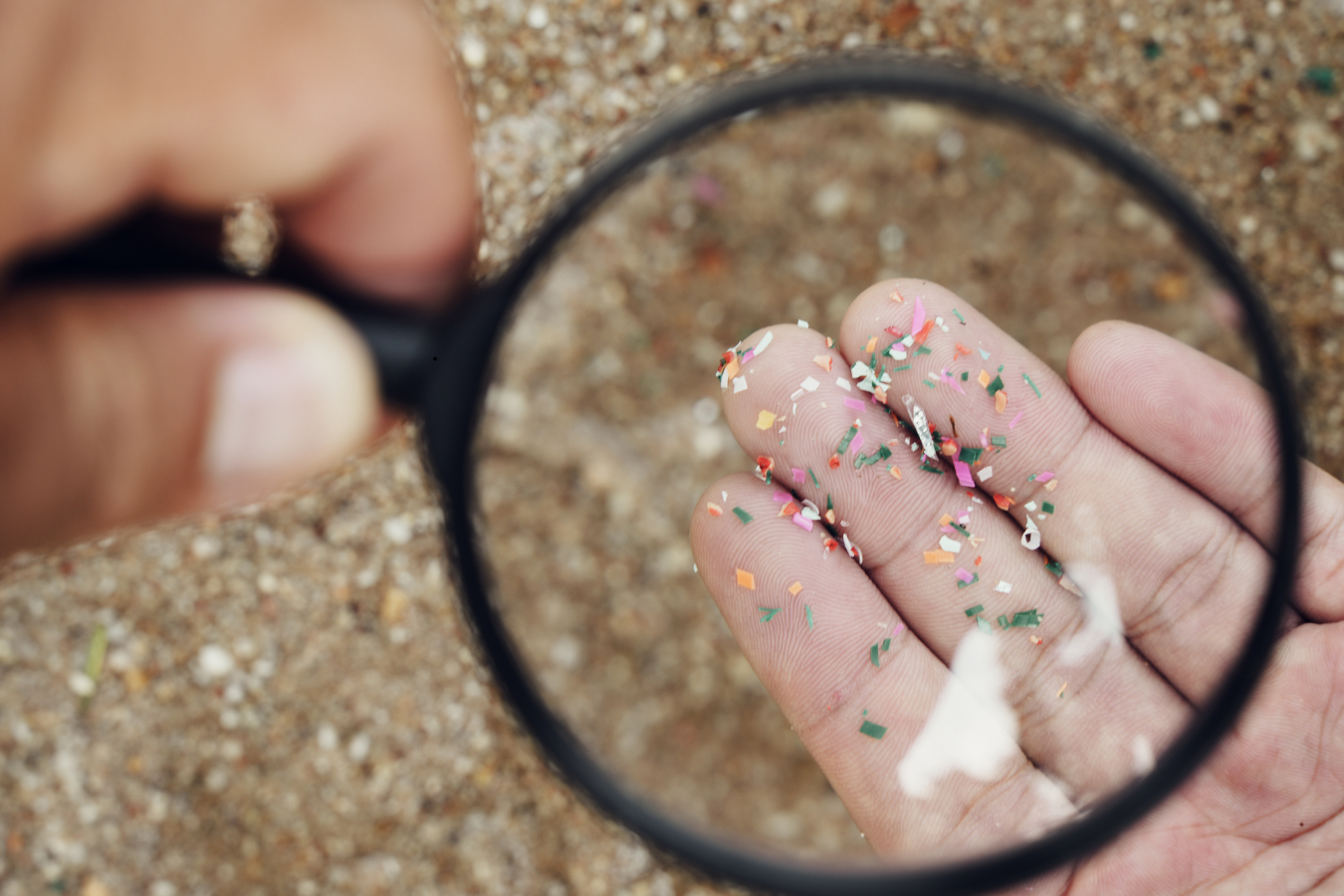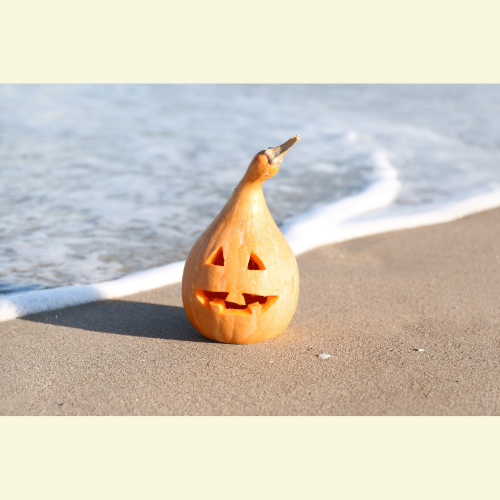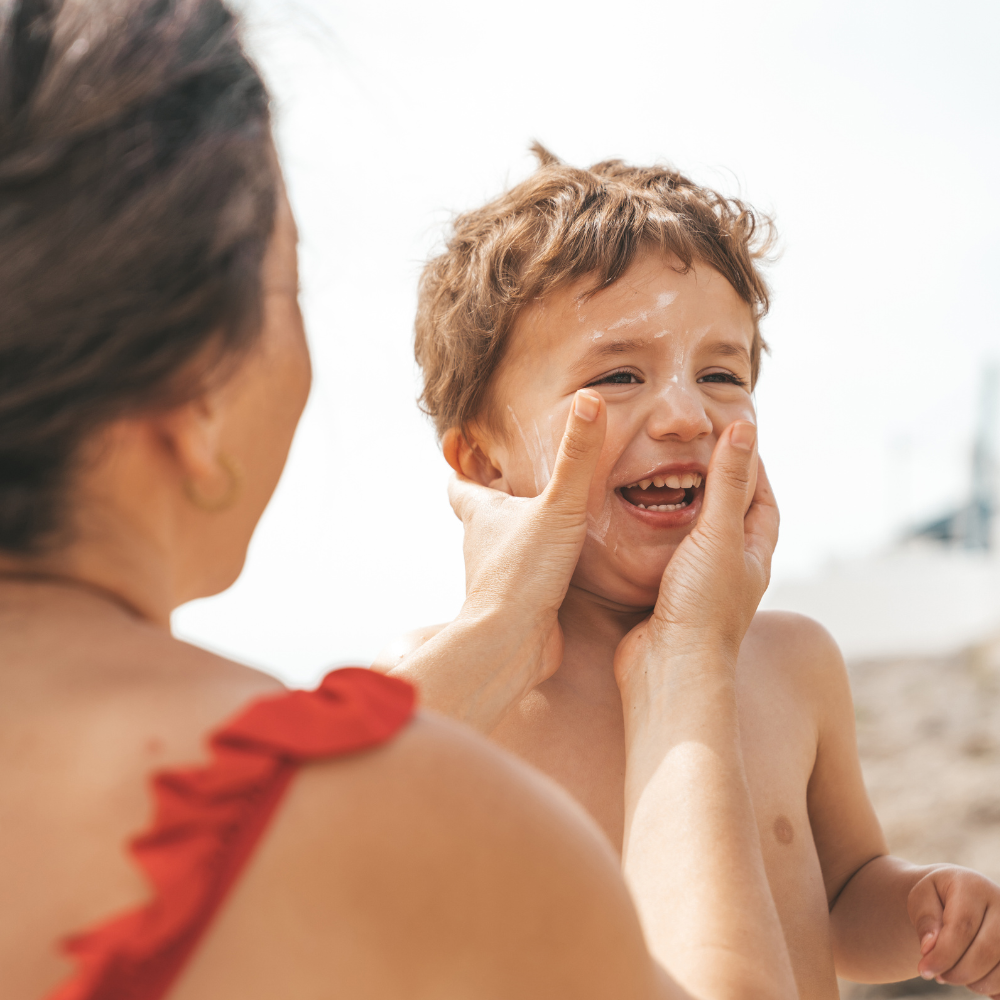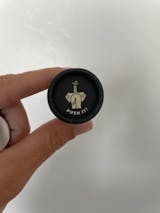When you think of plastic pollution, you probably picture water bottles, straws, or bags washing up on the shore. But there’s a more invisible, and arguably more insidious form of plastic pollution that could be hiding in your beach bag. Microplastics in sunscreen.
What Are Microplastics?
Microplastics are tiny plastic particles less than 5mm in size, some are the result of larger plastics breaking down (called secondary microplastics), while others are intentionally added to personal care products like sunscreens, exfoliators, and makeup (Beat the Microbead). These are called primary microplastics and yes, they’re legal in many countries.
They might be used to improve texture, water resistance, or film forming properties in conventional sunscreens. But once they rinse off your skin, they don’t just disappear they accumulate in our oceans, our marine life, and eventually, even us. (UNEP)
Sunscreen: An Overlooked Source of Microplastic Pollution
Most people are unaware that their SPF could be contributing to plastic pollution. That’s because the microplastics in sunscreens often show up under complex ingredient names like:
-
Acrylates copolymer
-
Polyethylene
-
Polymethyl methacrylate (PMMA)
-
Nylon-12
-
Polypropylene
These ingredients don’t biodegrade, which means they do not break down in the natural environment. Instead, they make their way into rivers, oceans, and the food chain causing harm to marine organisms and potentially disrupting ecosystems.
Why SUNMUD Says No to Microplastics
At SUNMUD, we believe that protecting your skin shouldn't come at the planet’s expense. That’s why our formulas are 100% free from microplastics, both solid and liquid. Instead, we focus on:
Earth safe ingredients: Every ingredient in our formula is screened not just for safety and effectiveness on your skin, but also for environmental impact.
Reef respectful formulation: We go beyond the reef safe label by eliminating all known marine pollutants including microplastic additives.
Sustainable packaging: Because what’s inside the tube matters, but so does the tube itself.

How Can You Tell If Your Sunscreen Has Microplastics?
Look out for any of the plastic sounding ingredients above, or run your product through databases like Beat the Microbead. But remember: marketing terms like “natural,” “eco,” or even “reef safe” don’t always mean plastic free.
The Bigger Picture
Microplastics are a systemic problem. They’ve been found in snow in the Alps, in human lungs, and yes even in breast milk. Reducing their use in consumer products is one of the many small changes that can make a big environmental impact over time.






